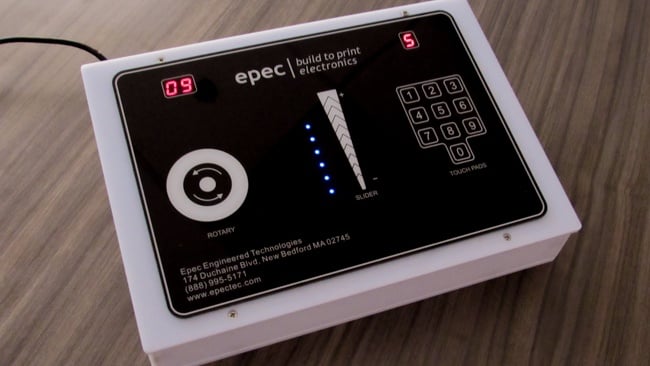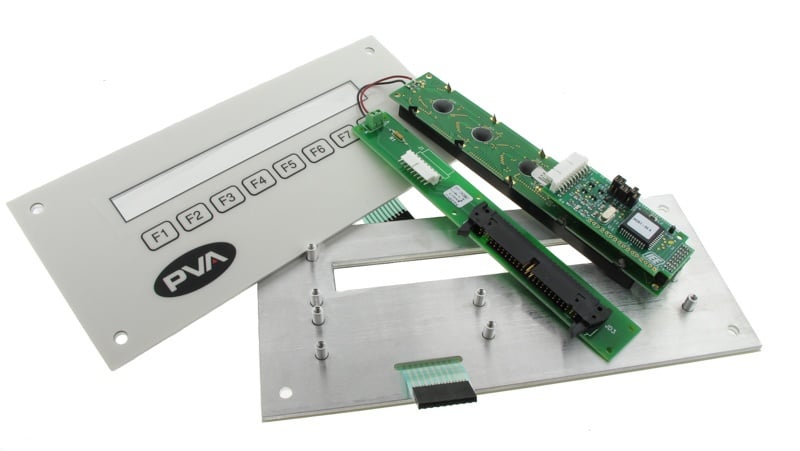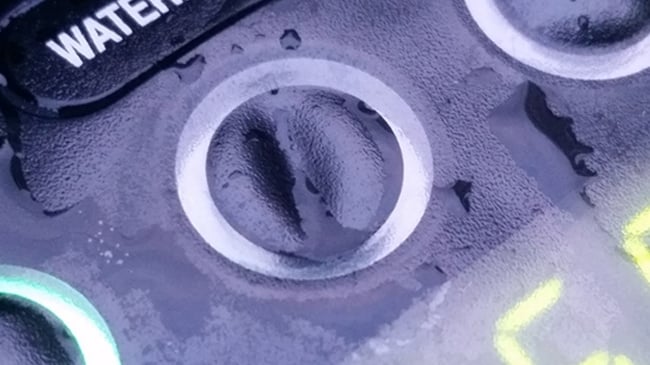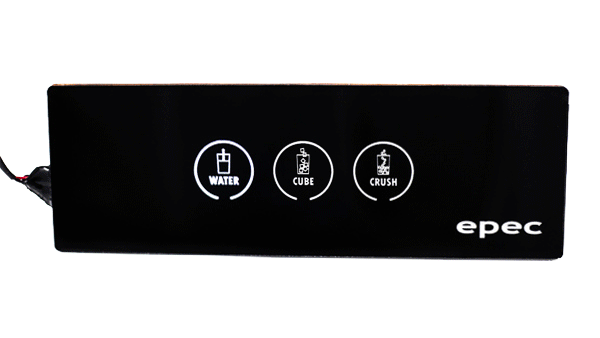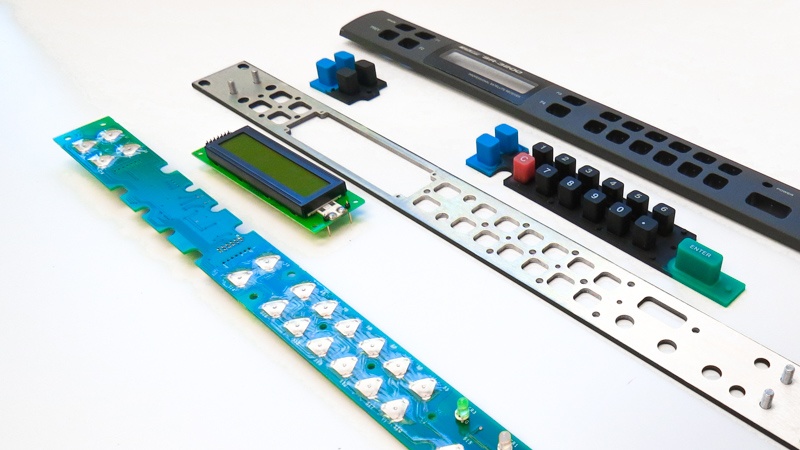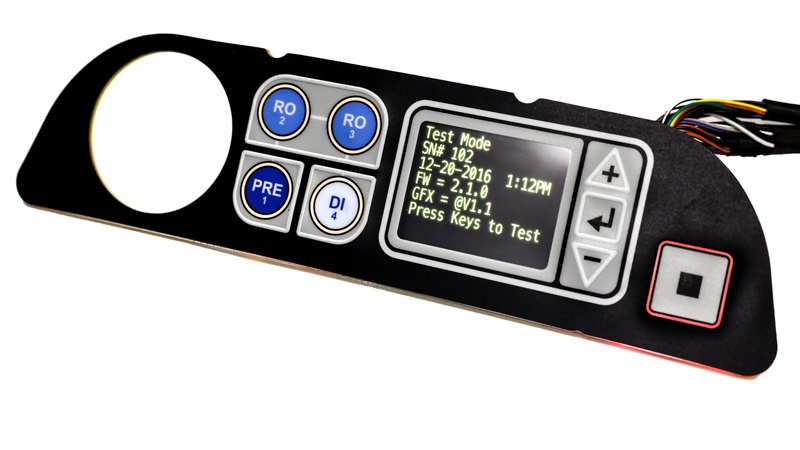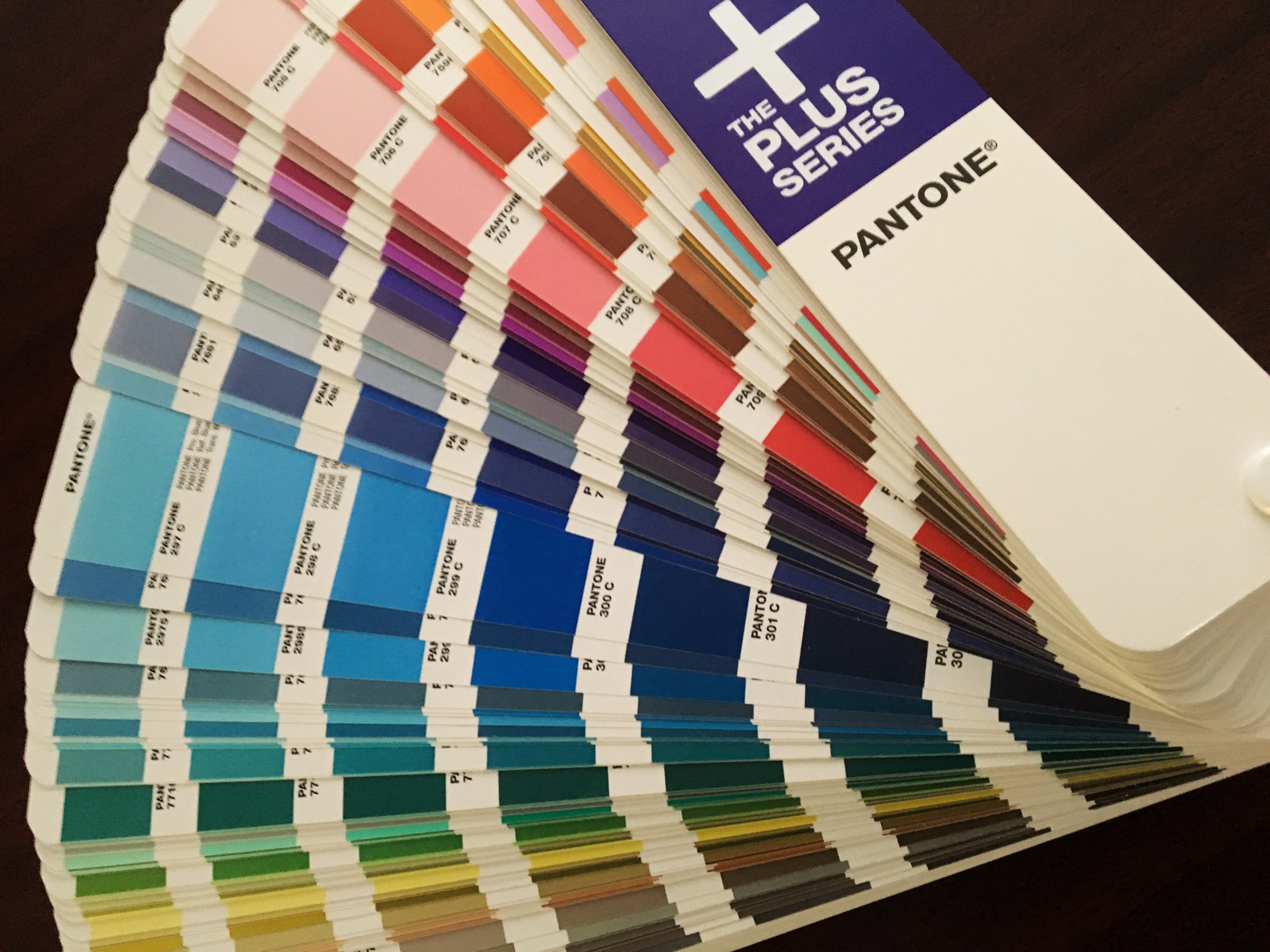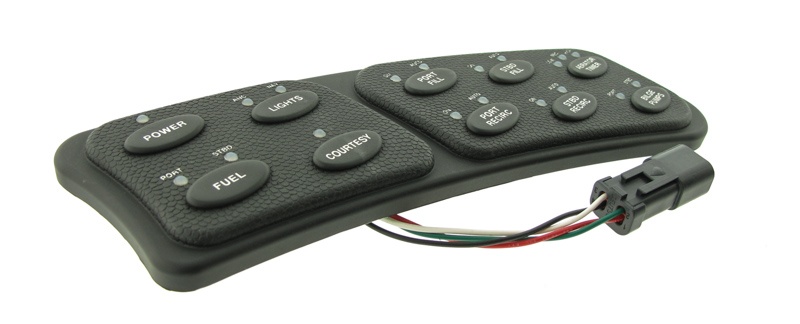In this blog post you can view two videos that go into detail about the functionality of the human-machine interface (HMI) product sample and an overview of how capacitive touch membrane switches work. The transcription of both videos is also provided below. Take note that the transcriptions have been edited for better readability.
As capacitive touch human machine interface (HMI) assemblies become more popular, both designers and users are becoming more familiar with the technology as it replaces traditional mechanical HMI products. These capacitive touch HMIs can be used in extreme environments, with users wearing gloves, and can operate reliably for years.
Just as a mechanical HMI (membrane switches, tactile switches, etc.) relies on the overlay material properties to determine system function, capacitive touch HMIs rely on the overlay material properties to drive capacitive touch sensitivity and overall system performance.
When our customers are in the preliminary stages of launching a new SMART HMI project, they typically reach out seeking advice on the best way to start. With what can amount to a near infinite number of HMI design options and system feature combinations, brainstorming an embedded firmware project can quickly become overwhelming. Where does one begin? How does the firmware work? What level of detail is required now?
Recently I spent the weekend at a family member’s home and experienced two failures of everyday human-machine interfaces (HMI) devices that truly perplexed me. One was a collapsed dome switch on a spa controller; the other was a graphical display error on a touchscreen coffee maker.
Over the last 25 years, the evolution of touch screen technologies has brought sweeping changes to how society uses human-machine interface (HMI) products. Originally touch screens were small, monochrome, and required a stylus and single touchpoint to operate.
Manufacturing complete human-machine interface (HMI) assemblies can be a complex and difficult journey, which is especially true if it involves more than one supplier. This blog post mentions a few of the great advantages of being able to work with a single full service HMI supplier.
In all likelihood right now as you read this post, there is a smartphone somewhere on your person, on your desk, or otherwise within reach. These products have become much more than just a means of communicating with others.
Stop and think of the role colors play in our daily lives for a moment. Colors can influence everything from what you wear to the car you buy. Colors can trigger emotions, memories, even hunger. Certainly, colors and patterns matter to companies advertising and selling products. Communicating with customers in the manufacturing world about selecting an exact color, however, has proven challenging enough as to require a particular system, known as the Pantone Matching System.
When creating your SMART user interface design, the operating environment should be taken into careful consideration. Environmental contaminants, moisture, temperature extremes, UV radiation, and overall wear and tear from use in outdoor environments are factors that should be considered before determining material and component selection for your SMART user interface.
Before designing your custom human-machine interface (HMI) project, it's important to have an idea of all the steps involved before and during production. Each step has variable length so while there isn't an exact timeframe for production, having a more informed viewpoint is critical to everyone's ability for following HMI design best practices.


